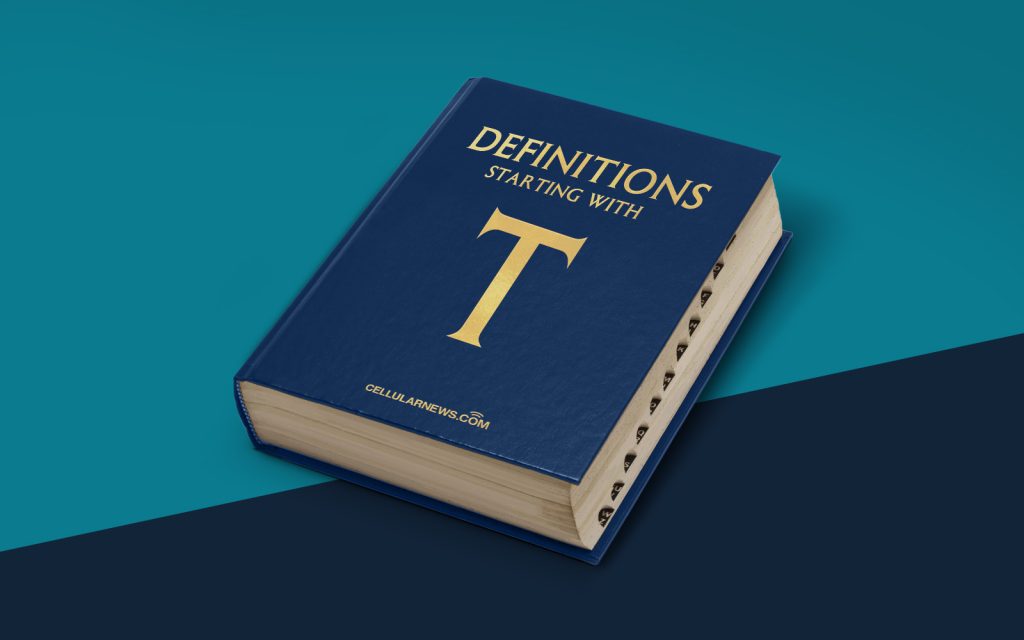
Unlocking the Mystery: The Turing Test Revealed
The Turing Test is a concept that has fascinated both scientists and science fiction enthusiasts for decades. But what exactly is the Turing Test, and why does it play such a crucial role in the evolution of artificial intelligence? In this article, we will unravel the mystery and provide you with a comprehensive understanding of the Turing Test.
Key Takeaways:
- The Turing Test is a test devised by Alan Turing to determine if a machine can exhibit intelligent behavior indistinguishable from that of a human.
- The test involves a human evaluator having conversations with a hidden machine and another human, aiming to identify which is which.
Unveiling the Turing Test
In the 1950s, the brilliant British mathematician and computer scientist Alan Turing proposed a test as a means to measure the intelligence of machines. Named after its creator, the Turing Test serves as a benchmark for assessing a machine’s ability to exhibit human-like intelligence. The test is designed to determine whether a machine can engage in a conversation with a human in a way that is indistinguishable from how another human would converse.
The central idea behind the Turing Test is that if a machine can successfully convince a human evaluator that it, too, is human, then it must possess a level of artificial intelligence that is comparable to human intelligence. This test challenges the machine to process language, understand context, and exhibit natural and coherent responses, all while maintaining the illusion of being human.
To administer the Turing Test, an evaluator holds conversations through a computer interface with a hidden machine and another human. These conversations can take various forms, such as text-based chats or even voice communication. The evaluator’s role is to determine, based solely on the responses received, whether they are interacting with a human or a machine. If the evaluator consistently misidentifies the machine as human, the machine is said to have passed the Turing Test.
The Significance of the Turing Test
The Turing Test holds incredible significance within the field of artificial intelligence, as it represents a major milestone in the quest to create machines that can exhibit human-like intelligence. By setting a benchmark for measuring the machine’s ability to simulate human conversation, the test acts as a catalyst for further advancement in machine learning, natural language processing, and cognitive reasoning.
The Turing Test not only challenges scientists to develop more sophisticated algorithms and models, but also raises philosophical questions about the nature of intelligence and consciousness. It forces us to ponder the intricacies of human thought processes and what truly sets us apart from machines.
Conclusion
The Turing Test, devised by Alan Turing, serves as a pivotal concept in the world of artificial intelligence. This test provides a framework for evaluating a machine’s ability to exhibit human-like intelligence through conversation. By passing the Turing Test, a machine demonstrates its capacity for understanding and responding to language in a manner indistinguishable from a human. The implications of this test extend far beyond simply determining the intelligence of machines, sparking further exploration into the depths of human cognition and the boundaries of artificial intelligence itself.
